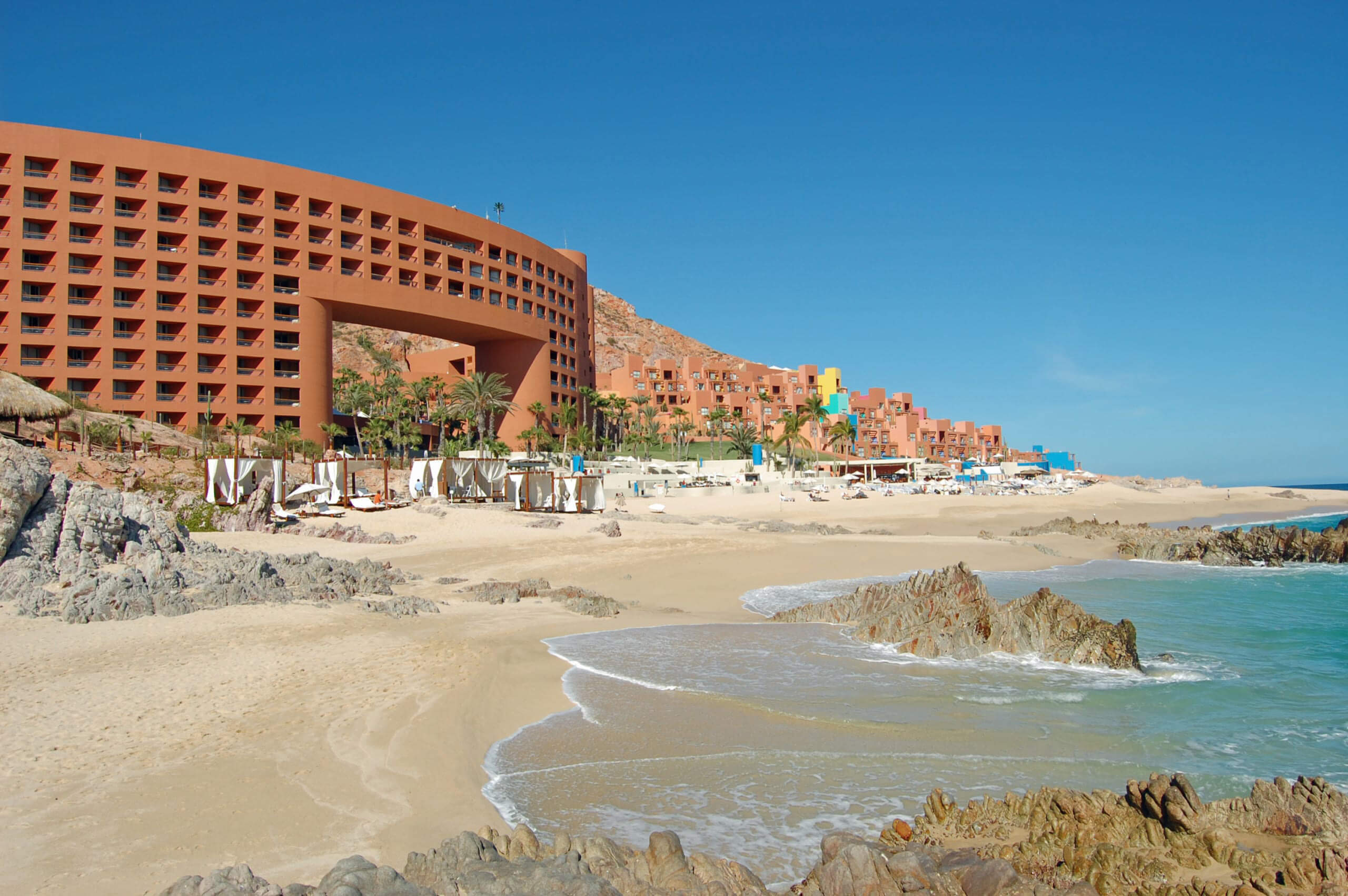Thailand’s vibrant cultural fabric is woven with traditions that span centuries, and among them, Martial Art Muay stands out as a compelling symbol of resilience, identity, and community pride. Known globally as Muay Thai or the “Art of Eight Limbs,” Martial Art Muay is far more than just a combat sport—it’s a time-honored tradition that reflects the soul of Thai culture.
Origins of Martial Art Muay: A Legacy of Survival
The roots of Martial Art Muay trace back over a thousand years. Originating during times of war, it was developed as a battlefield technique for close-combat survival. Thai warriors relied on punches, kicks, elbows, and knee strikes to defend their kingdoms. As time passed, these practical fighting techniques evolved into a disciplined martial art.
Early records mention that Martial Art Muay was used by soldiers of the Siamese armies, not only for combat training but also to maintain physical and mental conditioning. It wasn’t just about fighting—it was about focus, strategy, and honor. Even after the decline of military need, Martial Art Muay persisted through village competitions and royal patronage.
Martial Art Muay in Everyday Thai Life
Walk through any Thai town or village, and you’ll find children practicing Martial Art Muay at local gyms, often barefoot on worn-down mats, under the guidance of former fighters. It’s common for communities to rally around their local athletes, celebrating their victories and sharing in their struggles.
In rural areas, Martial Art Muay often serves as a lifeline, offering young Thais a chance to gain respect, build discipline, and rise from poverty. Fighters who succeed on the national stage become local heroes, and their stories are passed down as sources of inspiration.
Beyond the ring, Martial Art Muay is embedded in rituals and ceremonies. Before each fight, competitors perform the Wai Khru Ram Muay—a ceremonial dance that pays homage to their teachers and ancestors. This dance, rich in symbolism, emphasizes the spiritual aspect of the art form. It showcases how Martial Art Muay is not just about strength but also about gratitude, humility, and tradition.
Temples, Festivals, and Spiritual Bonds
Many temples in Thailand hold deep connections with Martial Art Muay. Monks often bless fighters before major bouts, and some fighters even train in temple grounds. The intertwining of Buddhism and Martial Art Muay reflects the spiritual underpinning of Thai culture, where body and mind are seen as one.
At festivals such as Songkran (Thai New Year), Martial Art Muay demonstrations are crowd favorites. Local fighters perform for tourists and residents alike, showcasing not only athletic prowess but also cultural pride. These events reinforce the importance of Martial Art Muay as a communal activity that brings people together.
The Role of Martial Art Muay in Education and Youth Development
In recent years, the Thai government and various NGOs have introduced Martial Art Muay into youth development programs. Schools and community centers across the country offer classes that combine physical fitness with moral instruction.
Through Martial Art Muay, young people learn self-control, respect for others, perseverance, and teamwork. It acts as a natural deterrent to crime and addiction by providing a structured, supportive environment. For many at-risk youth, this discipline becomes a turning point in their lives.
Local gyms also play a mentoring role. Trainers are often father figures to the fighters they coach, guiding them not only in sport but in life. Martial Art Muay becomes a path to manhood, citizenship, and personal honor in the eyes of the community.
From Local Rings to Global Arenas
While Martial Art Muay has always had deep local roots, its international rise has been meteoric. Today, it is practiced in over 100 countries, with Thailand as its undisputed spiritual home. Tourists often flock to cities like Bangkok, Chiang Mai, and Phuket to experience authentic training camps.
These training centers are not just for professionals; many welcome travelers who want to understand the deeper aspects of Martial Art Muay. This fusion of travel and tradition fits perfectly within platforms like 21 Sensations, where the focus lies on authentic and immersive experiences. Learning Martial Art Muay in its birthplace offers a unique lens through which to view Thai culture.
Martial Art Muay as Cultural Preservation
As modernization and tourism grow rapidly across Thailand, Martial Art Muay acts as a cultural anchor. It preserves language, values, gestures, and even music. The traditional fight music—sarama—is played live during matches, adding rhythm and emotion to every bout.
Preservation doesn’t mean resisting change. Today, many Thai trainers blend modern sports science with ancient methods to make Martial Art Muay more accessible and effective. Female fighters are also gaining more visibility and respect, breaking through historical taboos.
The adaptability of Martial Art Muay is key to its survival. It can be both ancient and modern, local and global, spiritual and competitive—all at once. This balance makes it one of the most profound cultural expressions in Southeast Asia.
Hidden Gyms and Local Legends: Where to Experience Martial Art Muay
For travelers seeking to engage with Martial Art Muay on a personal level, the best experiences often lie off the beaten path. While Bangkok offers flashy stadium fights and tourist-oriented gyms, smaller towns like Buriram, Nakhon Ratchasima, and Ubon Ratchathani offer deeper, more genuine encounters.
Here, Martial Art Muay gyms double as community centers. Guests are often welcomed to watch training sessions, and with a little curiosity and respect, one might even be invited to join a class. These local legends—often retired fighters who now coach the next generation—are the keepers of tradition. Their stories embody the full emotional and cultural spectrum of Martial Art Muay.
Tourism, Ethics, and the Future of Martial Art Muay
As Martial Art Muay becomes more commercial, it faces the challenge of staying true to its roots. Ethical tourism plays a major role here. Travelers must choose authentic gyms, support local communities, and respect the sacred elements of the tradition.
Projects across Thailand are working to ensure that as Martial Art Muay spreads, it retains its core values. Cultural exchanges, community-based tourism, and responsible training programs all contribute to a sustainable future.
For a platform like 21 Sensations, sharing these authentic experiences helps not only travelers but also local communities, ensuring that the heartbeat of Martial Art Muay continues to echo for generations to come.
Conclusion: A Living Heritage
Martial Art Muay is more than a martial art—it’s a cultural pillar that has shaped the identity of Thai communities for centuries. From temple rituals to youth mentorship, from village rings to global competitions, its presence is everywhere in Thailand.
In a world increasingly shaped by fast travel and surface-level experiences, the enduring significance of Martial Art Muay reminds us of the power of tradition, discipline, and community. Whether you come to watch, to train, or to simply understand, engaging with Martial Art Muay opens a door into the heart of Thailand itself.
For those seeking not just to visit Thailand but to feel it, Martial Art Muay offers an unforgettable, soul-stirring journey—one that perfectly aligns with the values and vision of 21 Sensations.



